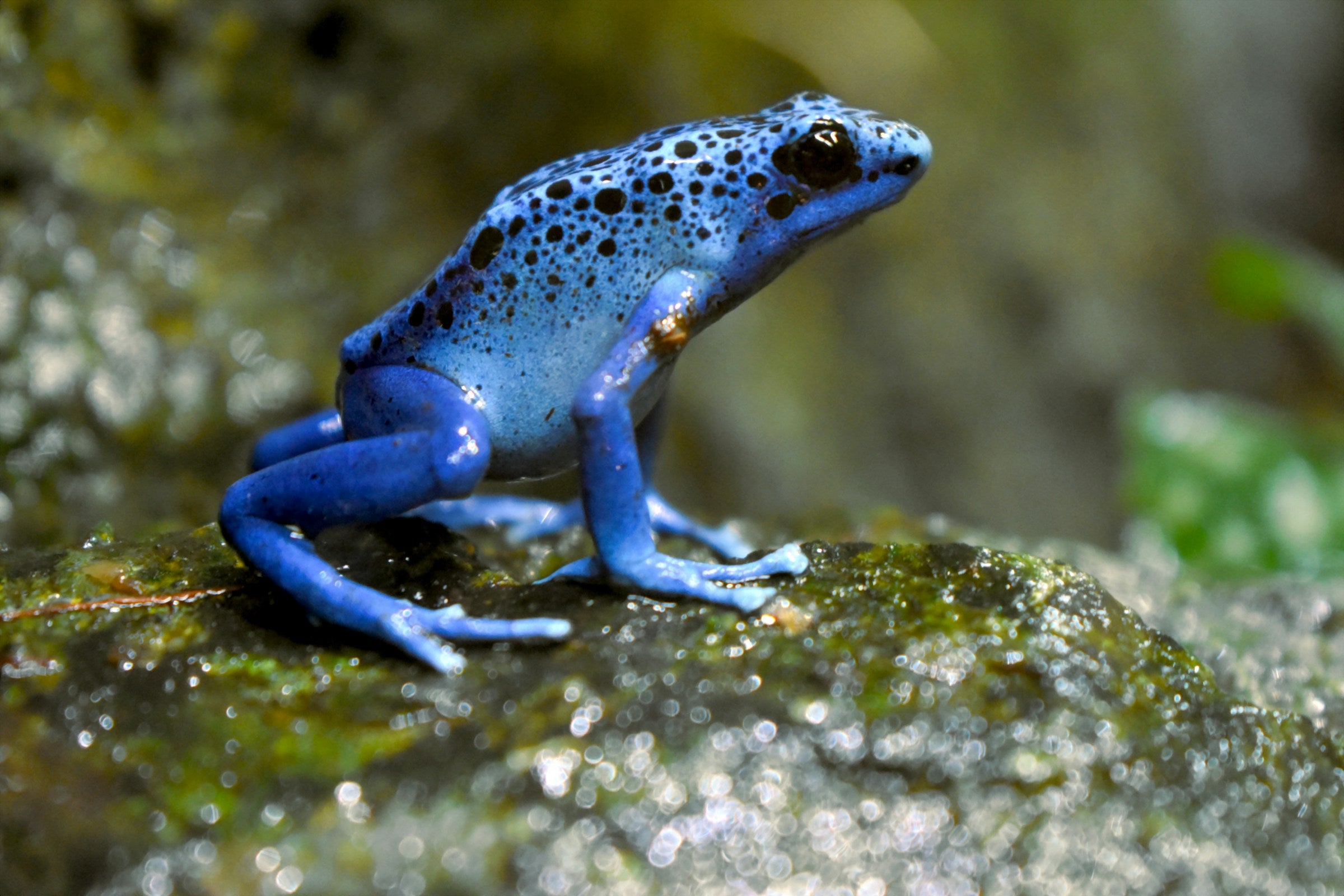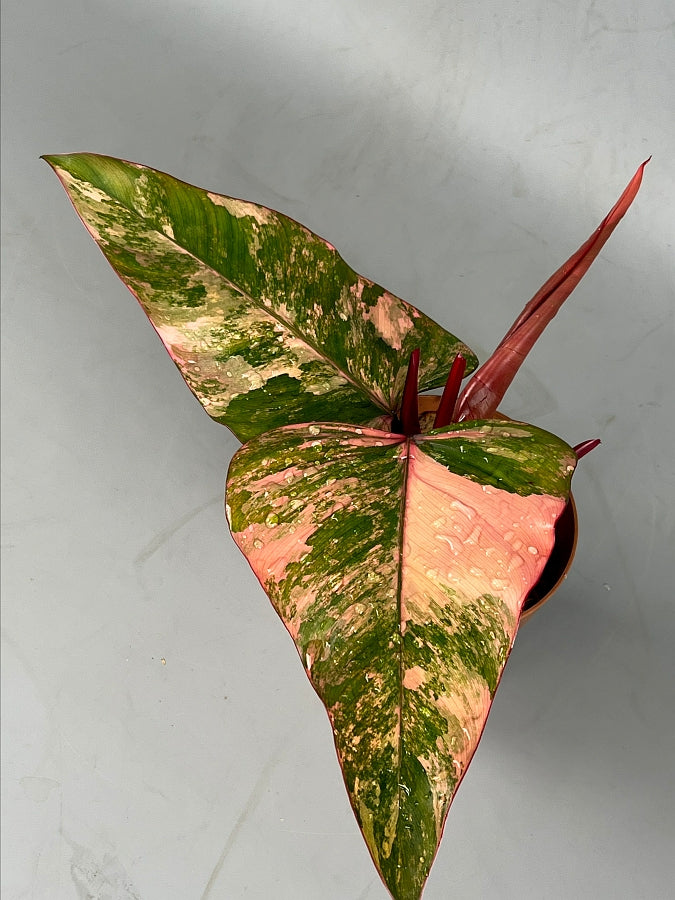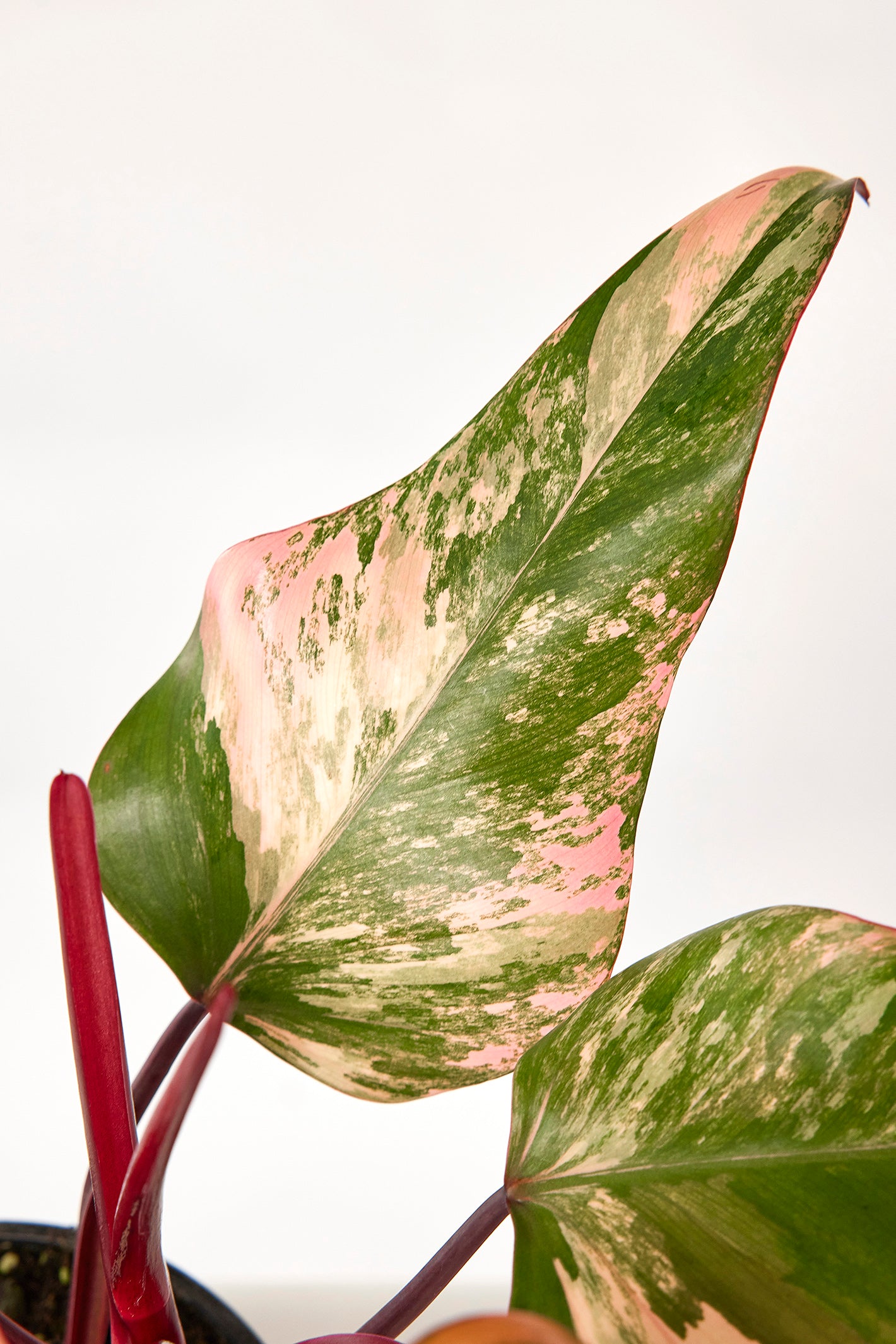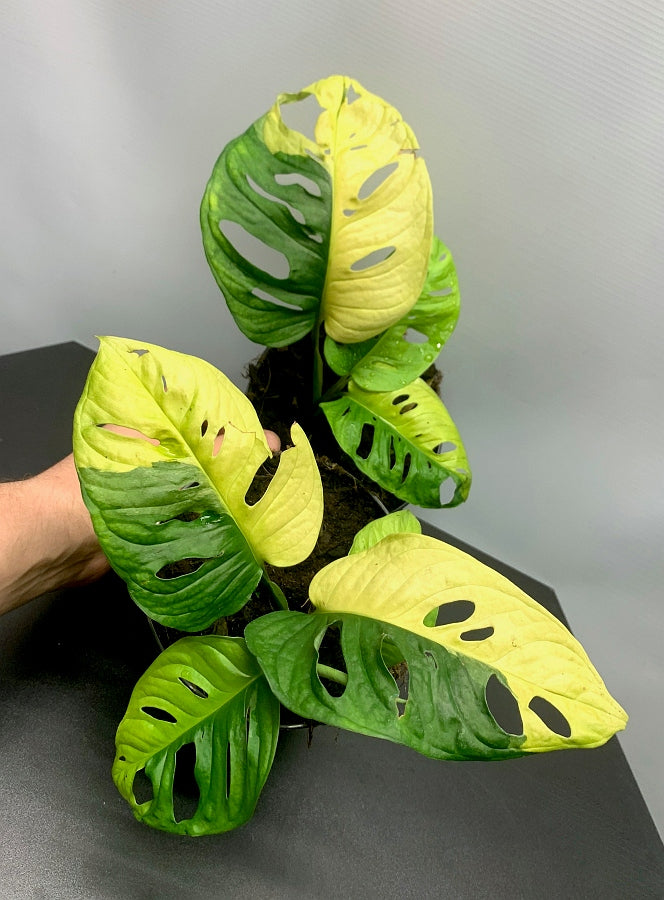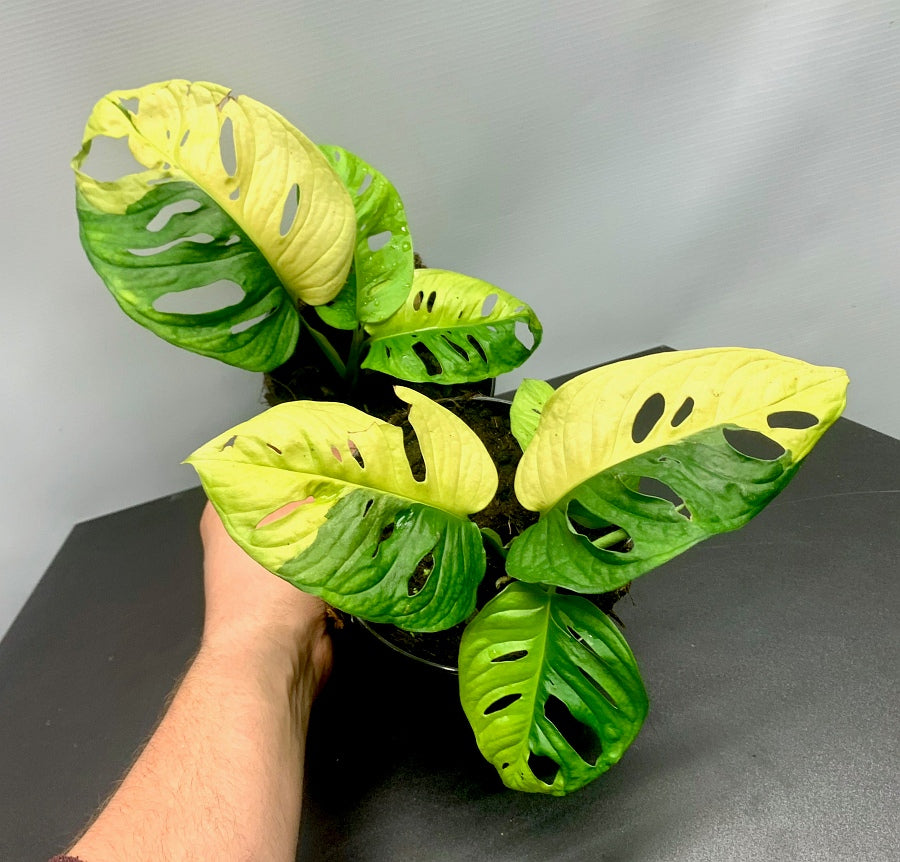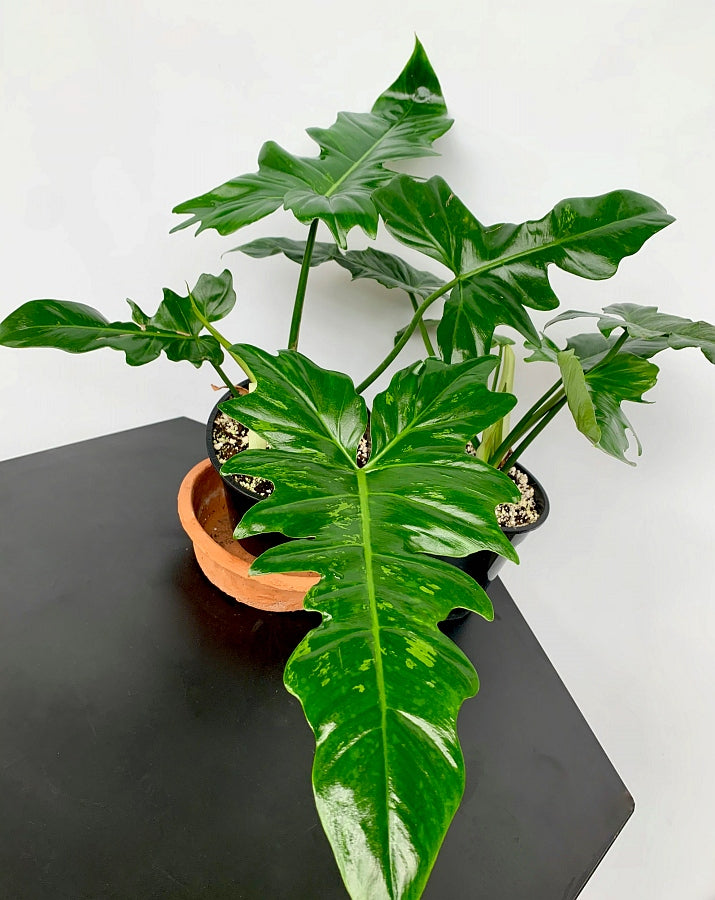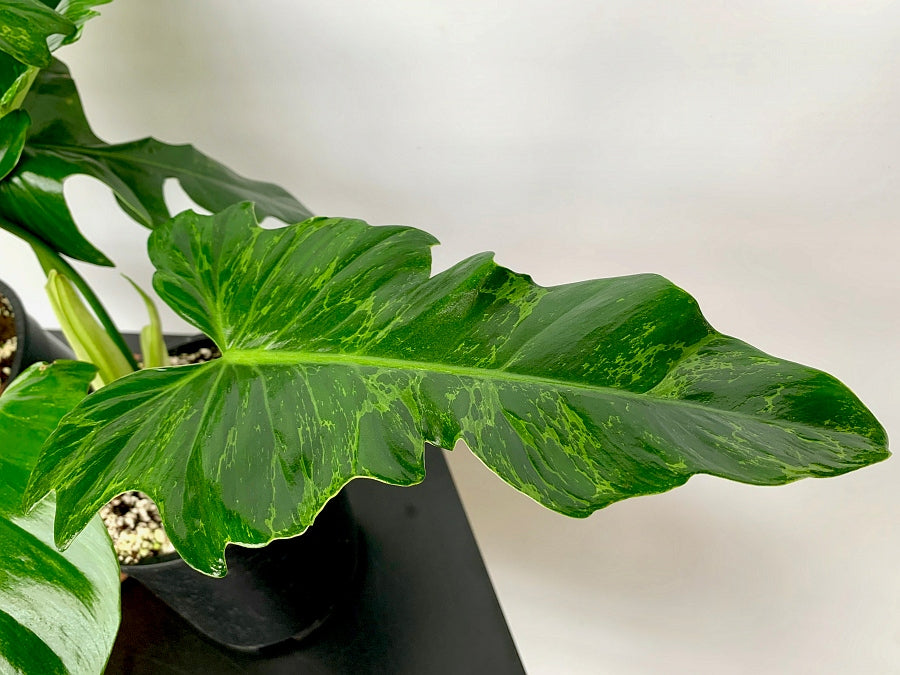The skin of poison frogs
Poison frogs are often no bigger than a strawberry. They also owe the unusual colors of their skin to the toxins they salvage in it. The toxins are obtained from their diet of termites, ants and other small insects. When these frogs are given a different diet in captivity, they lose their poisons in their skin. They are suddenly a lot safer. So different diet affects the toxicity of frog skin in these species.
The flower of orchids
Like poison frogs, orchids use colors to survive. However, they actually use this to attract other animals. The unusual colors and shapes of the petals that many tropical orchids have are used to attract insects for pollination. Thus, the appearance of the flowers is essential for the survival of orchids. Some flowers even resemble a female insect in appearance or even smell. Male insects are thus lured to pollinate the flowers.
Habitat
The Dracula orchid often has an unusual appearance with a flower that resembles the face of a monkey. Funnily enough, the poison frog in the wild can often also be found near this tropical orchid in the cloud forests.
The next time you admire a poison frog or orchid, consider how they use their unusual appearance to bend nature to their will.

